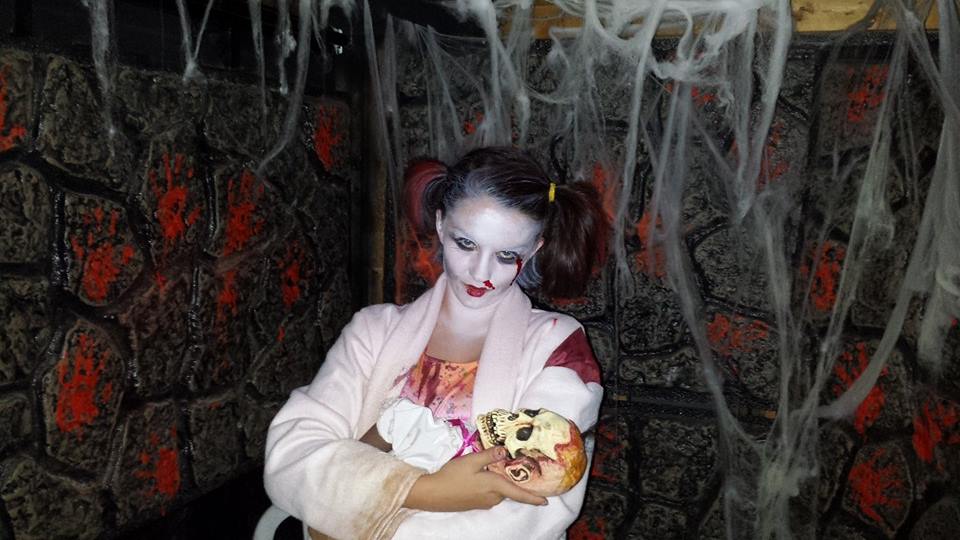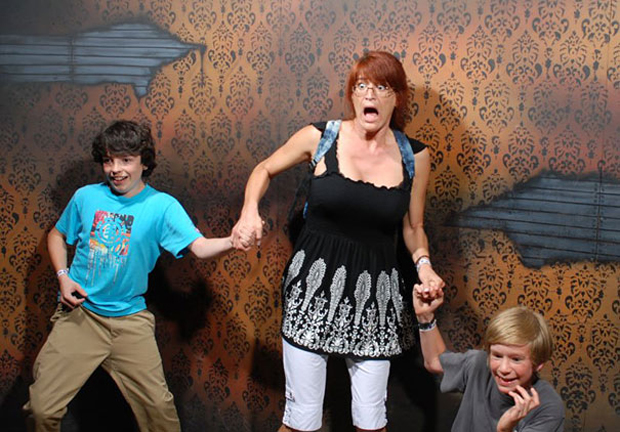

#Haunted nightmares windows#
In Amityville, the aesthetic is still rooted in Victorian style, decorated with attic windows eerily reminiscent of glowing eyes, but the Lutz family is tormented by unexplained activity and feelings of toxicity in their new home. The American Dream of homeownership became a target of the genre in films and franchises like Poltergeistand The Amityville Horror franchise. While Victorian homes tended to be isolated, accompanying a winding widow’s path to the front door (as seen in Burnt Offerings and The Others), haunted houses crept closer to neighborhood familiarity when introduced into the suburbs. Therefore, people can be just as haunted as physical places. This directorial style depicts the grief and loss that is haunting the house's inhabitants all along. Atmosphere and tension drive most of the fear, not the visual display of apparitions. The house itself works as a catalyst that feeds on their misfortunes while personifying their pain or guilt through paranormal activity. The presence of ghosts is obscure, and the context shifts to an emotionally and psychologically driven allegory, suggesting that the characters’ desires and traumas are imprinted onto the location.

Their plots imply a history that reverts to the Victorian fascination with the spiritual realm.

Both exercise a narrative structure in which paranormal investigators quantify supernatural phenomena in the hopes of solidifying proof of an afterlife. Both embrace the notion that location is central to its evil and that the occurrences that happened within its walls are soaked in tragedy, making the house a character in and of itself. Robert Wise’s The Haunting and John Hough’s The Legend of Hell House exemplify two of the most notable haunted Victorian homes. There is an entire taxonomy of haunted houses, each part possessing various trademarks like geography, history, and even possession elements that can alter the house’s physical purpose within a film’s plot depending on which characters come knocking at the door. Architecture veered toward ornate structural design, including details like the gingerbread trim seen in Leatherface’s home in The Texas Chain Saw Massacre, stained-glass windows of Whipstaff Manor in Casper, and foreboding turrets towering The Addams Family mansion all typify detail work of the Victorian archetype. Parlor rooms were used for seances or wakes while sculptures of funerary urns and heads of Medusa, who was said to ward off evil, were carved into the decor. The manner in which individuals embraced and mourned the dead bled into the blueprint of their homes. Crowds flocked to seances in hopes of communicating with lost loved ones, many passed away in their homes instead of hospitals, and postmortem photography was widely accepted.


 0 kommentar(er)
0 kommentar(er)
